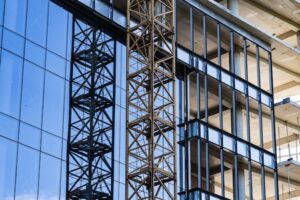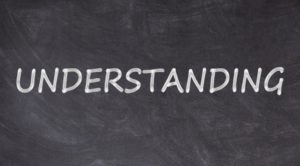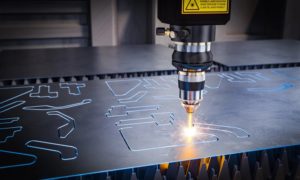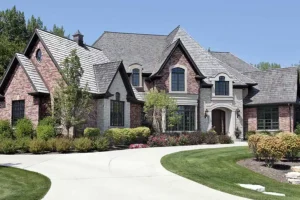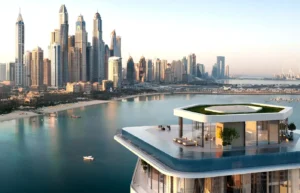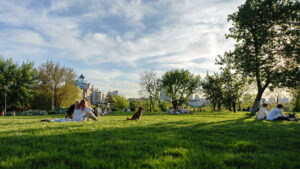Timber Plank: A Versatile Material with Timeless Appeal
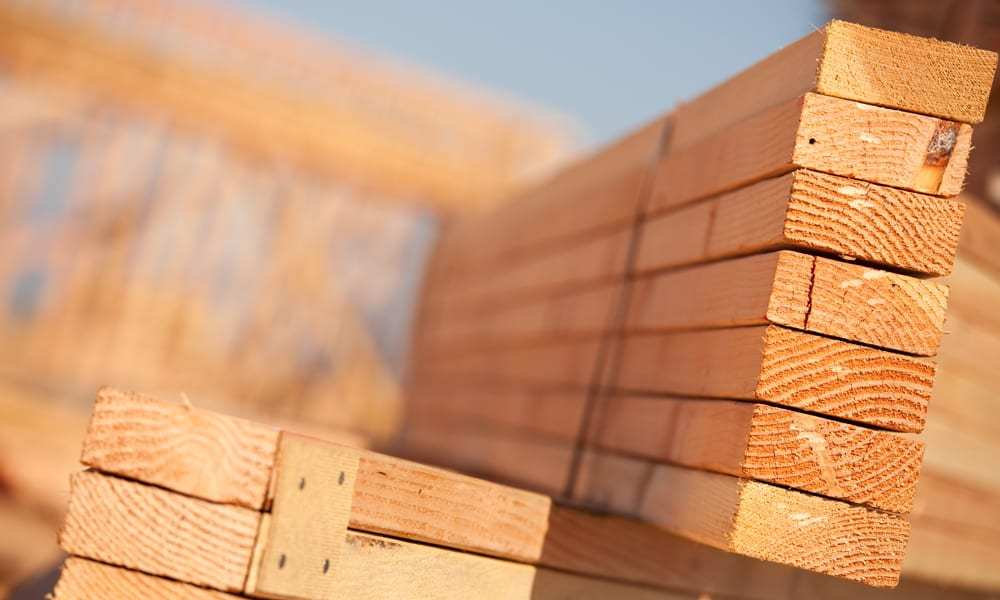
Timber, with its natural beauty and enduring qualities, has been a staple in construction for centuries. Among the various forms of timber, the timber plank stands out as a versatile and time-honored building material. In this article, we’ll explore the many facets of timber planks, from their historical significance to their modern-day applications.
Historical Significance
Timber wooden planks have a rich history dating back to ancient civilizations. They were among the earliest building materials used by humans, offering a sturdy and reliable way to construct shelters, bridges, and various structures. Timber planks played a pivotal role in the development of early architecture, enabling the construction of impressive structures such as the Egyptian pyramids and Roman aqueducts.
Throughout history, timber planks have been a symbol of craftsmanship and skill. Skilled carpenters and woodworkers crafted intricate wooden planks for ships, houses, and furniture. The artistry and durability of these timber planks have left a lasting legacy, as evidenced by the enduring charm of antique wooden furniture and historic buildings.
Types of Timber Planks
Timber planks come in various types, each with unique characteristics and uses. Here are some of the most common types of timber planks:
- Hardwood Planks: Hardwood timber planks, such as oak, maple, and cherry, are known for their durability and attractive grain patterns. They are often used in high-end furniture, flooring, and cabinetry.
- Softwood Planks: Softwood timber planks, including pine, cedar, and fir, are widely used in construction due to their affordability and versatility. They are commonly used for framing, decking, and paneling.
- Reclaimed Timber Planks: Reclaimed timber planks are salvaged from old buildings, barns, and other structures. They have a unique, weathered appearance and are prized for environmental sustainability.
- Engineered Timber Planks: Engineered timber planks comprise layers of wood veneer bonded with adhesives. They are designed to be dimensionally stable and are often used for flooring and cabinetry.
- Treated Timber Planks:Treated timber planks are infused with preservatives to enhance their resistance to decay, insects, and moisture. They are commonly used for outdoor applications like decks and fences.
Modern Applications
In contemporary construction and design, timber planks continue to find diverse applications. Their timeless appeal and versatility make them a favored choice in residential and commercial projects. Here are some modern uses of timber planks:
- Interior Flooring: Timber planks are a classic choice for interior flooring. They bring warmth and character to living spaces while providing durability and easy maintenance. Hardwood planks, in particular, are prized for their elegance and longevity.
- Exterior Decking: Timber planks are popular for outdoor decks and patios. Treated softwood planks and hardwoods like cedar and redwood are well-suited for this purpose, offering resistance to weathering and insects.
- Wall Cladding: Timber planks can add texture and depth to interior and exterior walls. Depending on the finish and installation method, this design choice creates a rustic or contemporary aesthetic.
- Furniture and Cabinetry:Timber planks, especially hardwoods, are widely used in crafting furniture and cabinetry. Their natural beauty and durability make them a preferred choice for creating pieces that stand the test of time.
Conclusion
Timber planks stand the test of time, maintaining relevance in modern construction and design. Their rich history, versatility, and natural beauty make them a cherished building material. Whether used for flooring, decking, furniture, or architectural features, timber planks bring a touch of timeless elegance to any project. As the world becomes more focused on sustainable practices, timber planks offer an eco-friendly option that aligns with our environmental goals. Timber planks remain a steadfast choice in an ever-evolving construction landscape, bridging the gap between tradition and innovation.

